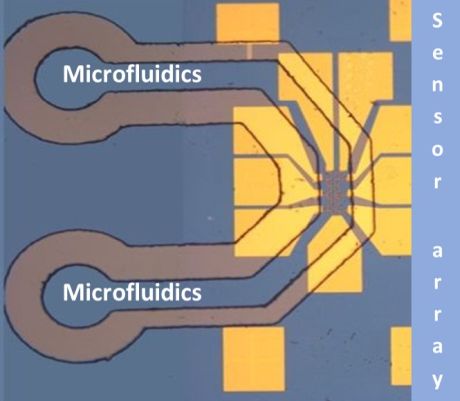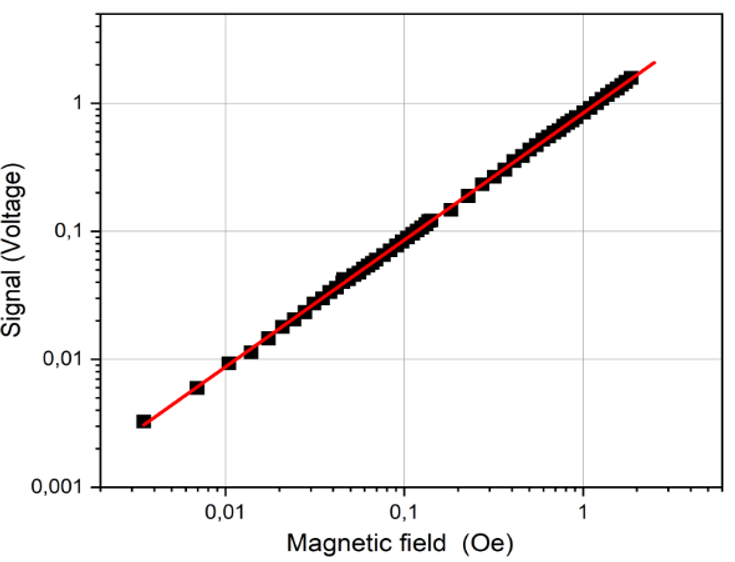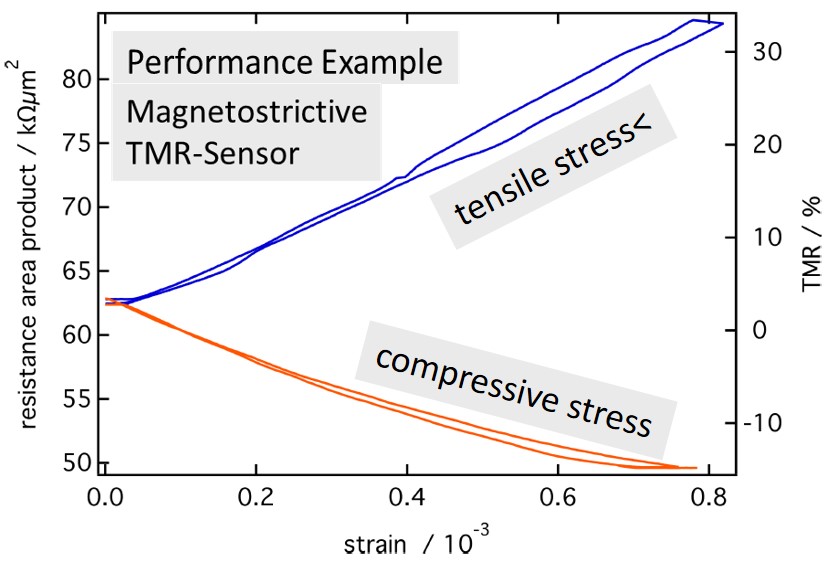

ForLab MagSens is a joint center of Bielefeld University and
Johannes Gutenberg-University Mainz.
We are dedicated to research for and development of new magnetic sensor systems that can measure position and angle of moving parts,
mechanical stress and many other quantities you want to detect. We offer an exceptional and stimulating research environment for tailoring the
sensing systems to meet the requirements of magnetic sensors' applications in automatisation, automotive, Industry 4.0 or biotechnology.

We use state-of-the-art thin film stacks for realizing sensing systems that are based on:
► Giant
MagnetoResistance (GMR)
► Tunneling
MagnetoResistance (TMR)
► Anisotropic
MagnetoResistance (AMR)
► Planar
Hall Effect (PHE)


